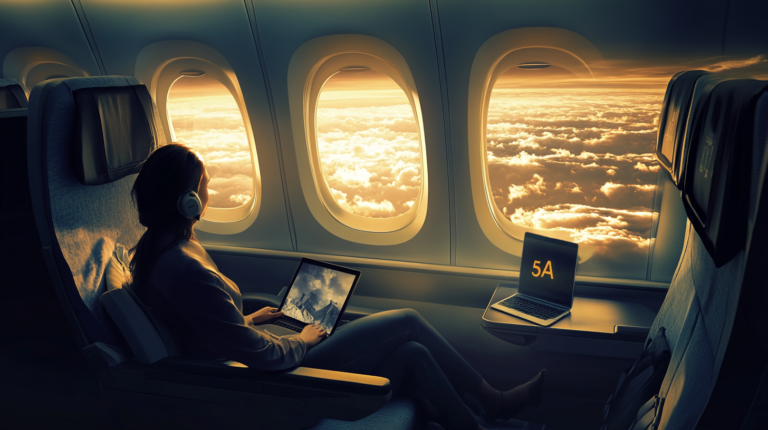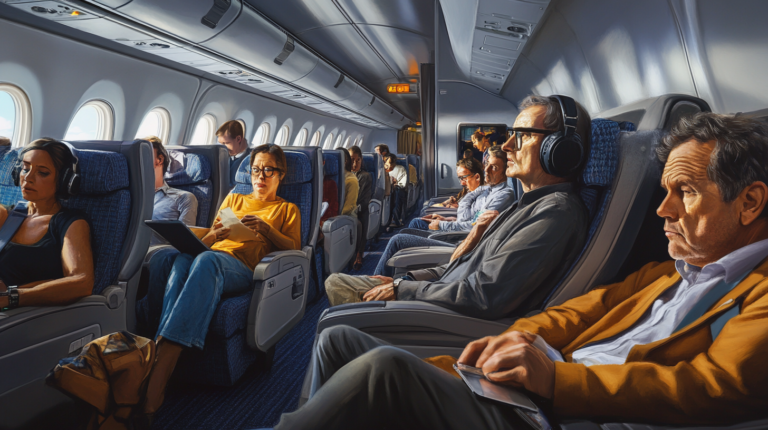The Evolution of In-Flight Entertainment: From Movies to Mindfulness
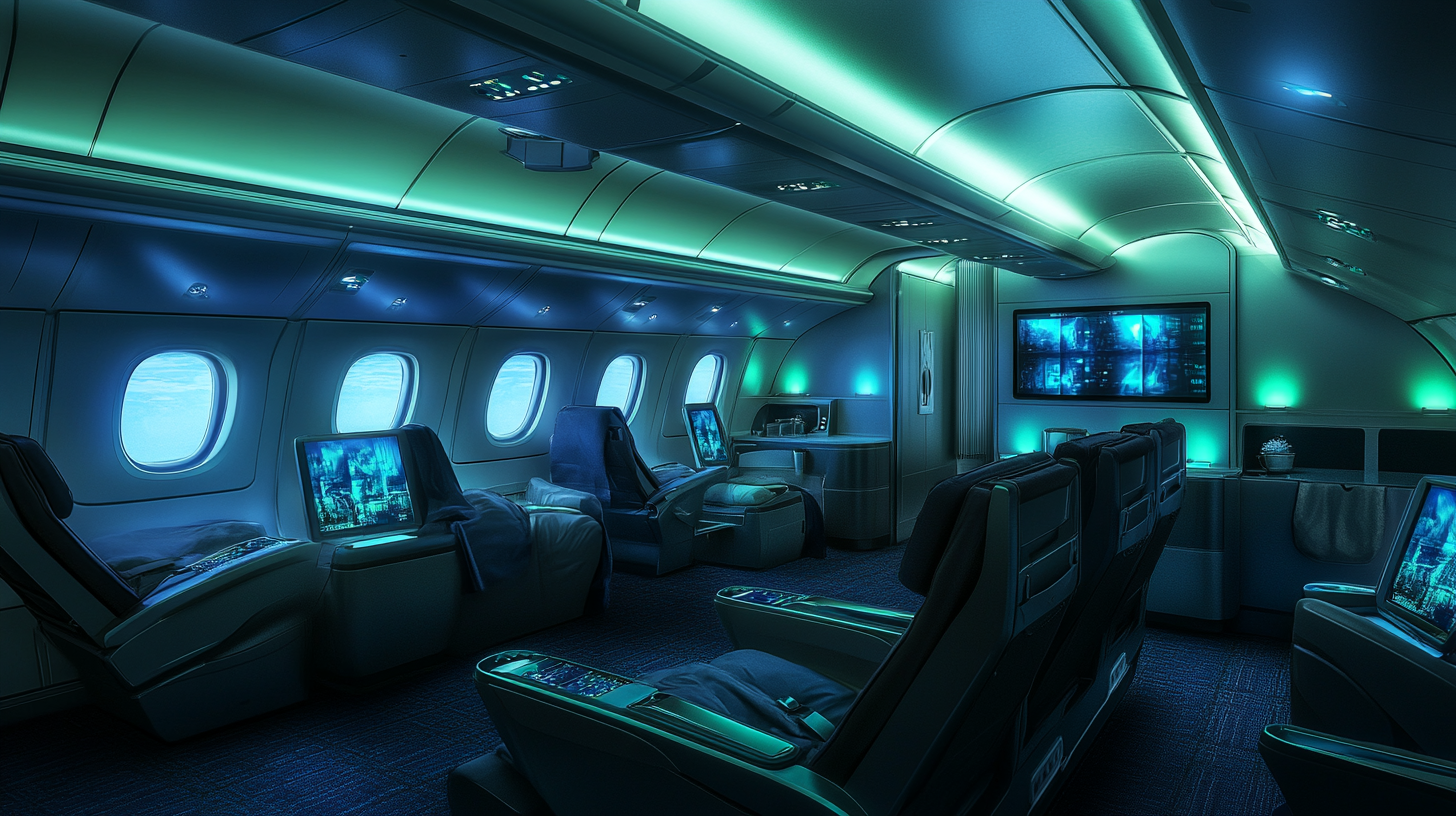
The Evolution of In-Flight Entertainment: From Movies to Mindfulness
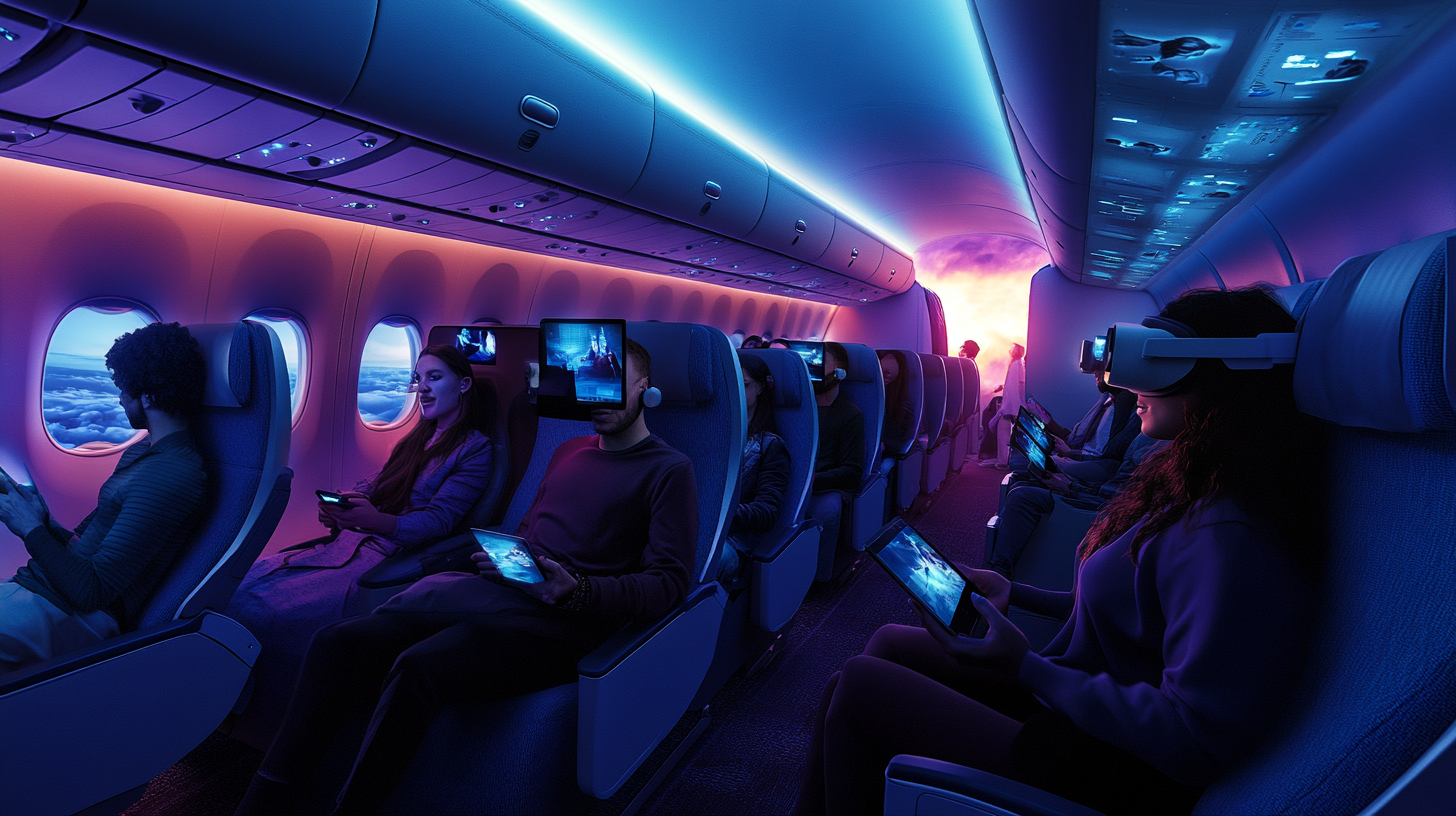
The journey of air travel has always been more than just getting from one point to another; it is an experience that encompasses comfort, engagement, and satisfaction. Over the past century, in-flight entertainment (IFE) has transformed dramatically, evolving from silent films flickering on makeshift screens to immersive virtual reality experiences that captivate the senses. This evolution reflects not only technological advancements but also the shifting paradigms in passenger expectations for personalized and engaging experiences that make time in the air as enjoyable as possible. As air travel became more accessible, airlines recognized the need to differentiate themselves through enhancing the passenger experience, and IFE became a pivotal aspect of this strategy.
From Silent Films to Seatback Screens: The Early Years
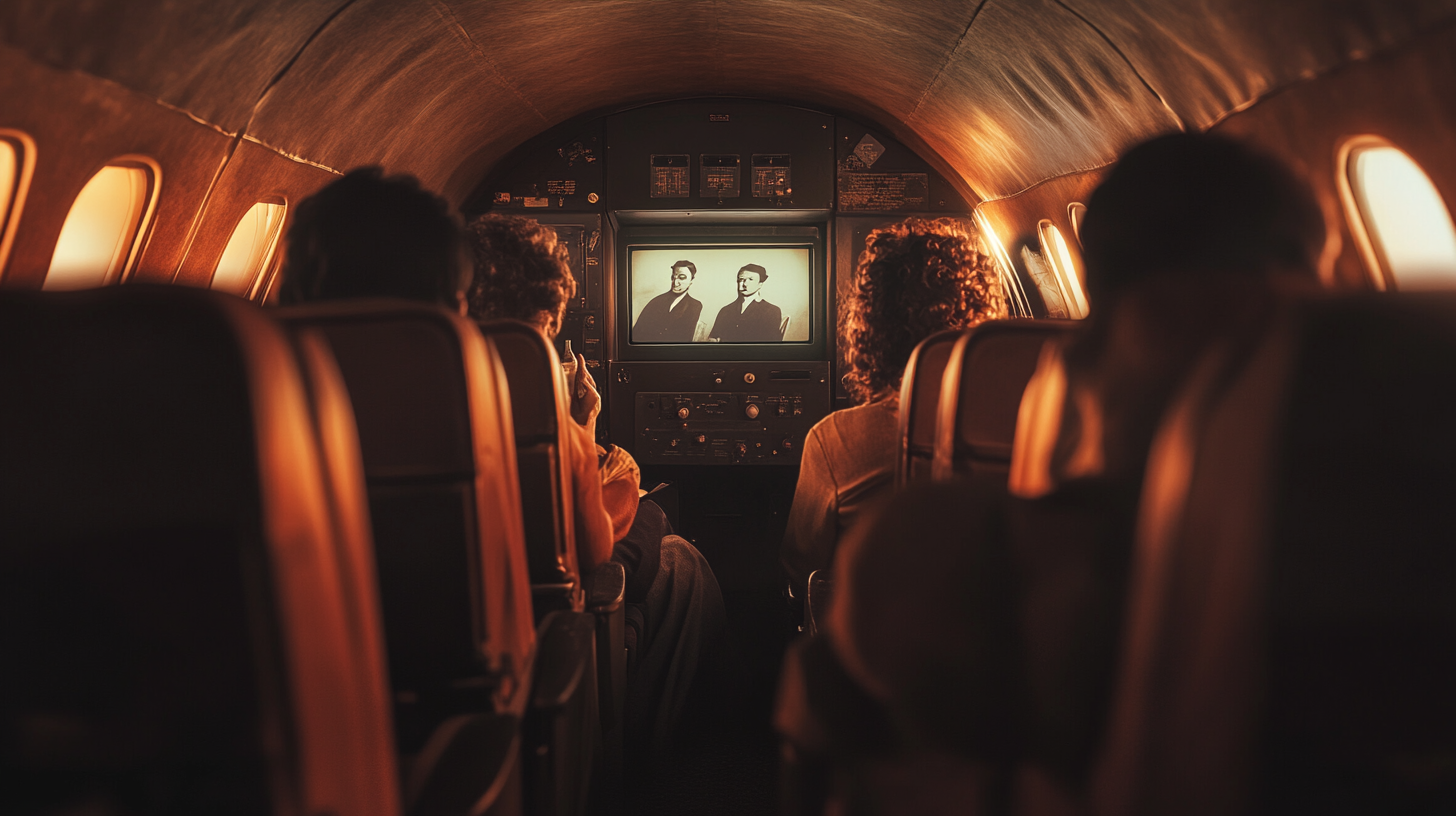
The inception of in-flight entertainment dates back to 1921 when Aeromarine Airways offered passengers the first in-flight movie—a silent film screening of “Howdy Chicago” aboard a flight to Chicago. This innovation provided a novel distraction for travelers, transforming the journey into an experience and marking the beginning of entertainment in the skies. Throughout the 1920s and 1930s, airlines continued to explore ways to enhance the passenger experience. Luxurious airships like the Hindenburg featured piano lounges where live musicians entertained guests, creating an atmosphere reminiscent of grand hotels. Additionally, the introduction of in-flight audio channels allowed passengers to listen to music or news broadcasts, further enriching the travel experience.
By the 1960s, in-flight entertainment began to take off in earnest as airlines sought to captivate passengers on longer flights. In 1961, Trans World Airlines (TWA) revolutionized the in-flight experience by making feature films a standard offering on select flights, using 16mm film projectors to display movies on screens at the front of the cabin. This enhancement not only entertained passengers but also set a new industry standard that competitors quickly adopted. The subsequent decades saw significant technological advancements; the 1980s introduced personal audio systems with selectable channels, and the 1990s heralded the advent of personal seatback screens. These screens empowered travelers with the ability to choose their own content—from movies to TV shows and games—ushering in a new era of personalized in-flight entertainment. The move from communal screens to individual displays transformed the in-flight environment, making long-haul flights more enjoyable and tailored to individual preferences.
The Digital Revolution: Connectivity and On-Demand Content
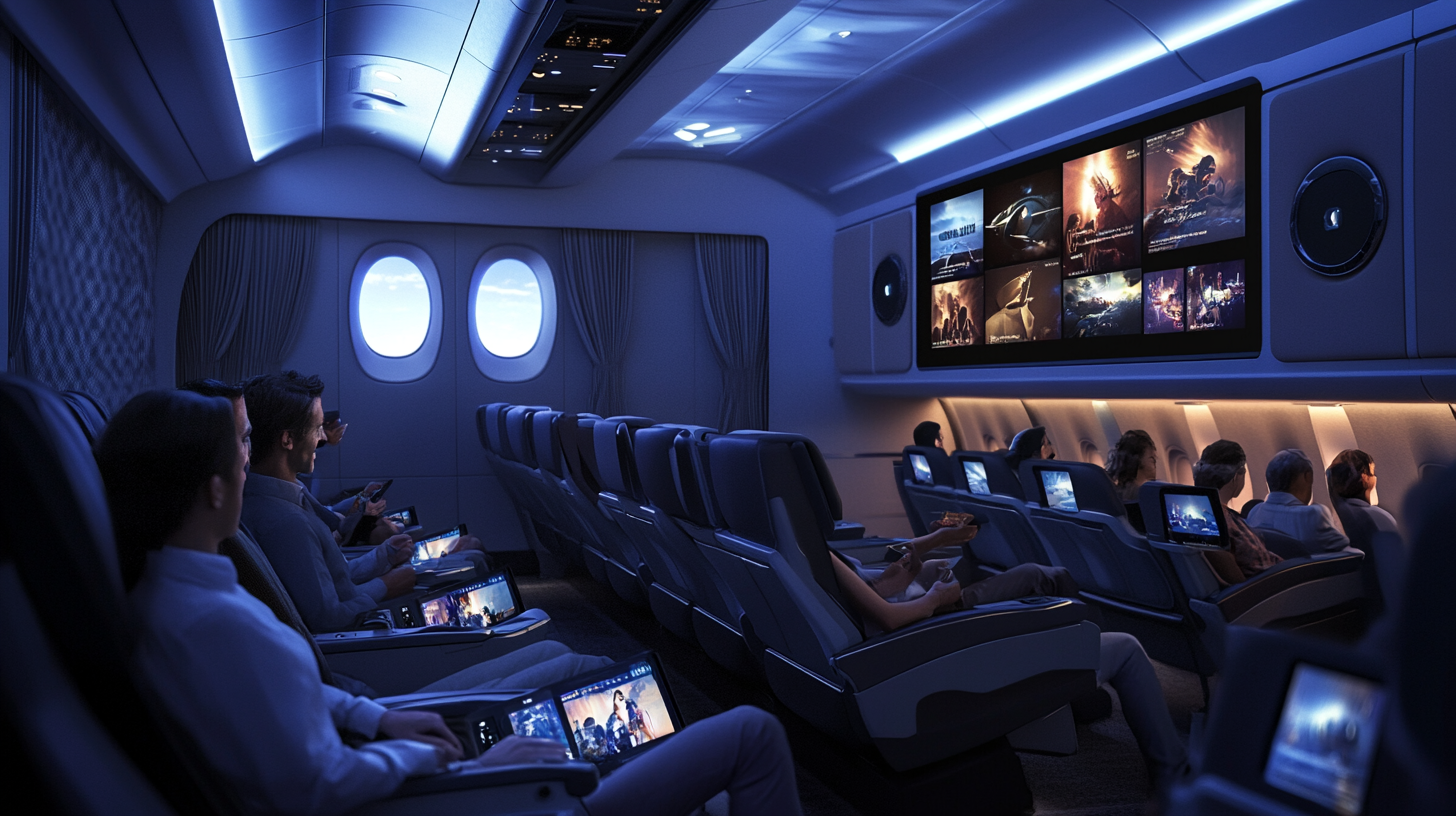
As the world entered the digital age at the turn of the millennium, significant technological advancements began reshaping in-flight entertainment. Airlines started offering in-flight Wi-Fi, initially limited and expensive, but gradually becoming faster and more affordable. The proliferation of smartphones and tablets, coupled with the emergence of streaming services, transformed how passengers consumed content during flights. On-demand movies, television shows, music, and interactive games became readily accessible, turning aircraft cabins into personalized entertainment hubs comparable to living rooms. This shift not only enhanced passenger satisfaction by providing a home-like entertainment experience but also became a key differentiator in the fiercely competitive airline industry. Airlines that invested in cutting-edge IFE systems were able to attract tech-savvy travelers, setting themselves apart with state-of-the-art offerings. The rise of innovative in-flight connectivity solutions played a crucial role in making seamless streaming and real-time communication possible at 30,000 feet.
Personal Devices and Changing Dynamics
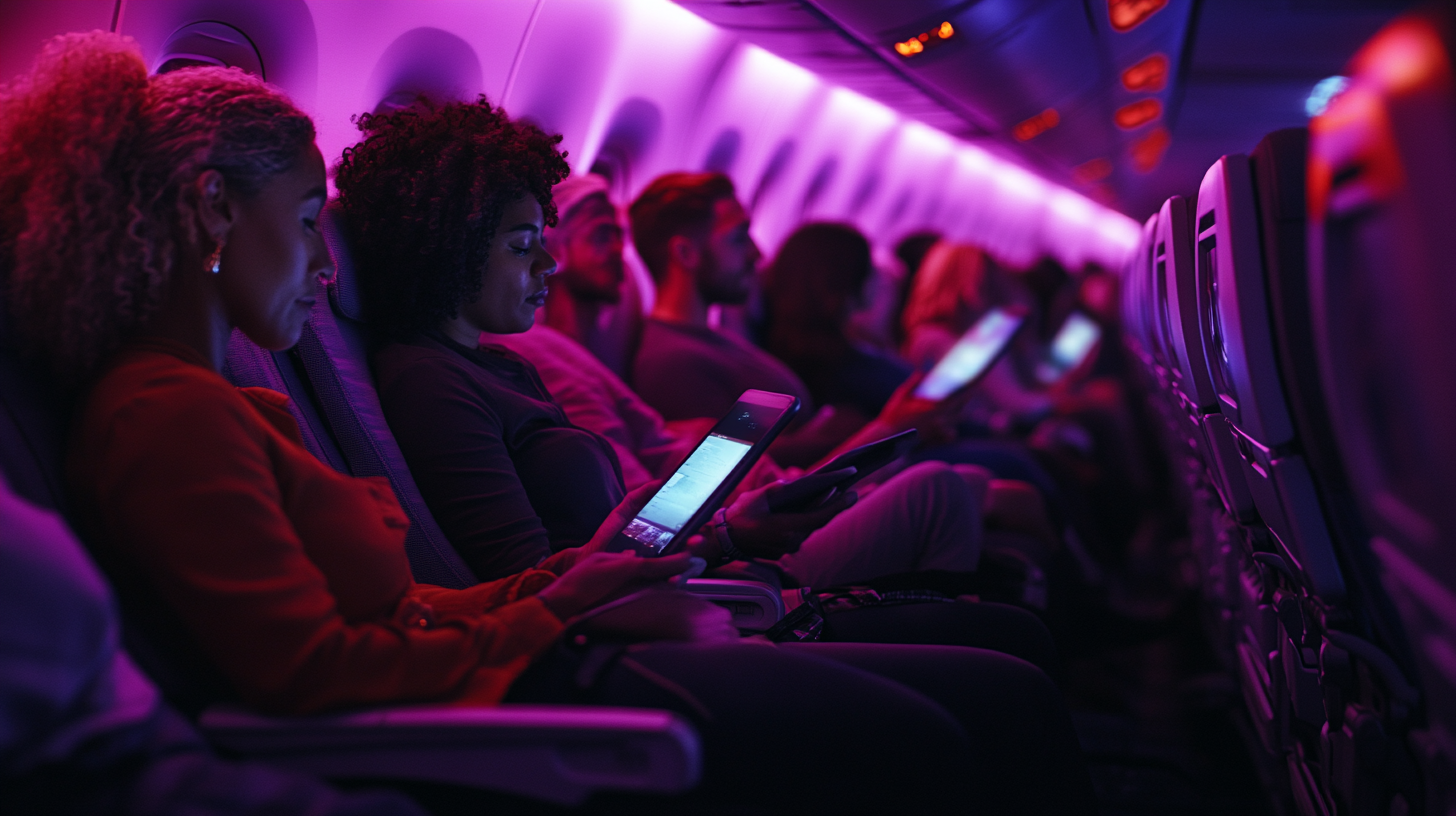
With the rapid advancement and ubiquity of personal electronic devices (PEDs), including smartphones, tablets, and laptops, the dynamics of in-flight entertainment began shifting once again. Passengers increasingly preferred using their own devices, pre-loaded with their favorite content or capable of streaming via in-flight Wi-Fi. This trend led airlines to reevaluate the necessity and cost-effectiveness of maintaining installed IFE systems. Removing seatback screens not only reduced hardware and maintenance costs but also offered economic efficiencies by decreasing aircraft weight and improving fuel efficiency—a critical consideration in an industry with tight margins. Airlines like American Airlines and United Airlines began retrofitting certain fleets to eliminate seatback screens in favor of encouraging passengers to use their own devices, facilitated by in-flight entertainment apps compatible with personal devices . However, this shift sparked debates about accessibility and inclusivity, as not all passengers own personal devices or may face battery life limitations during long flights. Airlines faced the challenge of balancing cost-saving measures with the commitment to provide a high-quality passenger experience for all travelers, regardless of their personal device usage.
Immersive Experiences: The Future of In-Flight Entertainment
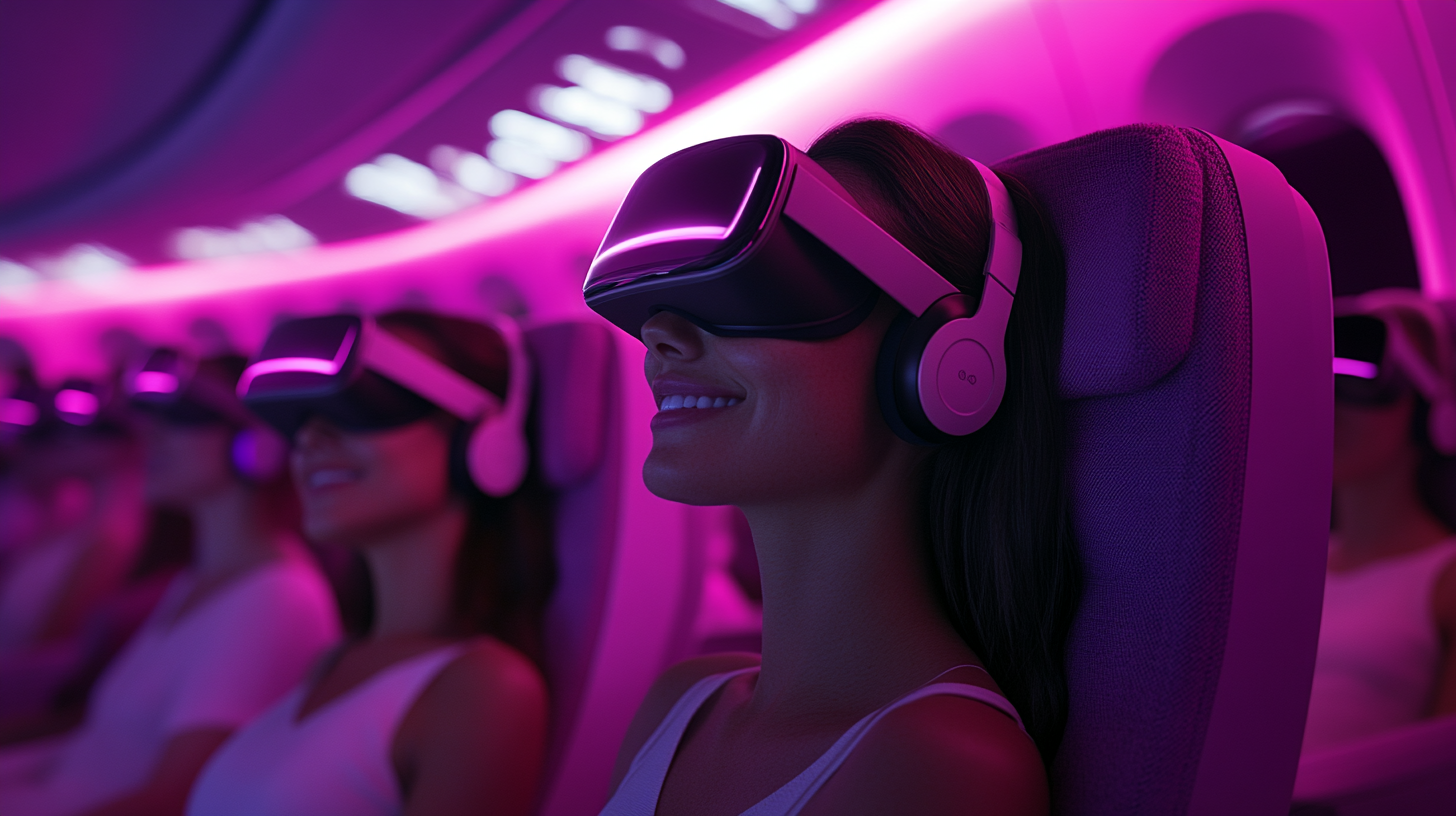
Looking ahead, the future of in-flight entertainment is set to be more dynamic, immersive, and tailored to individual needs than ever before. Airlines are exploring cutting-edge technologies to create engaging and interactive experiences that redefine the concept of entertainment at cruising altitude. Key trends shaping the future of IFE include:
- Virtual and Augmented Reality (VR/AR): The adoption of VR headsets can transport passengers to different worlds, offering immersive entertainment that goes beyond traditional screens. Imagine soaring over the Grand Canyon or exploring underwater reefs—all from the comfort of your seat. AR technologies may enhance in-flight services, providing interactive cabin maps, virtual tours of destinations, or overlaying language translations directly onto menus or signage. Companies like airline VR partnerships for enhanced passenger experiences are pioneering these immersive solutions.
- Artificial Intelligence (AI) Personalization: AI algorithms can analyze passenger data to tailor content recommendations based on individual preferences, previous choices, and travel history. Such personalization enhances satisfaction and engagement by offering movies, music, or activities that resonate with each traveler, creating a bespoke entertainment journey. AI can also assist in other areas, such as personalized meal suggestions or customized offers.
- High-Speed Connectivity: The implementation of high-speed Wi-Fi and upcoming 5G connectivity enables seamless streaming, video conferencing, and real-time interactions. Passengers can participate in virtual meetings, stay connected with loved ones, or enjoy online gaming, making in-flight time more productive and enjoyable. Advancements in satellite technology are making consistent, global coverage a reality.
- Edge-Caching and Cloud Solutions: Advancements in content delivery, such as edge-caching, allow for faster and more efficient distribution of media by storing content closer to the user, reducing delays and buffering. This technology ensures that high-definition content is readily accessible to passengers without overloading network capacities, enhancing the overall experience.
- Sustainability Efforts: In alignment with broader environmental goals, airlines are adopting energy-efficient systems and eco-friendly materials for IFE equipment. Lightweight materials reduce fuel consumption, and more efficient electronics decrease power usage. Additionally, airlines are considering the lifecycle of IFE components, opting for designs that are easier to recycle or repurpose.
Wellness and Mindfulness: A New Frontier
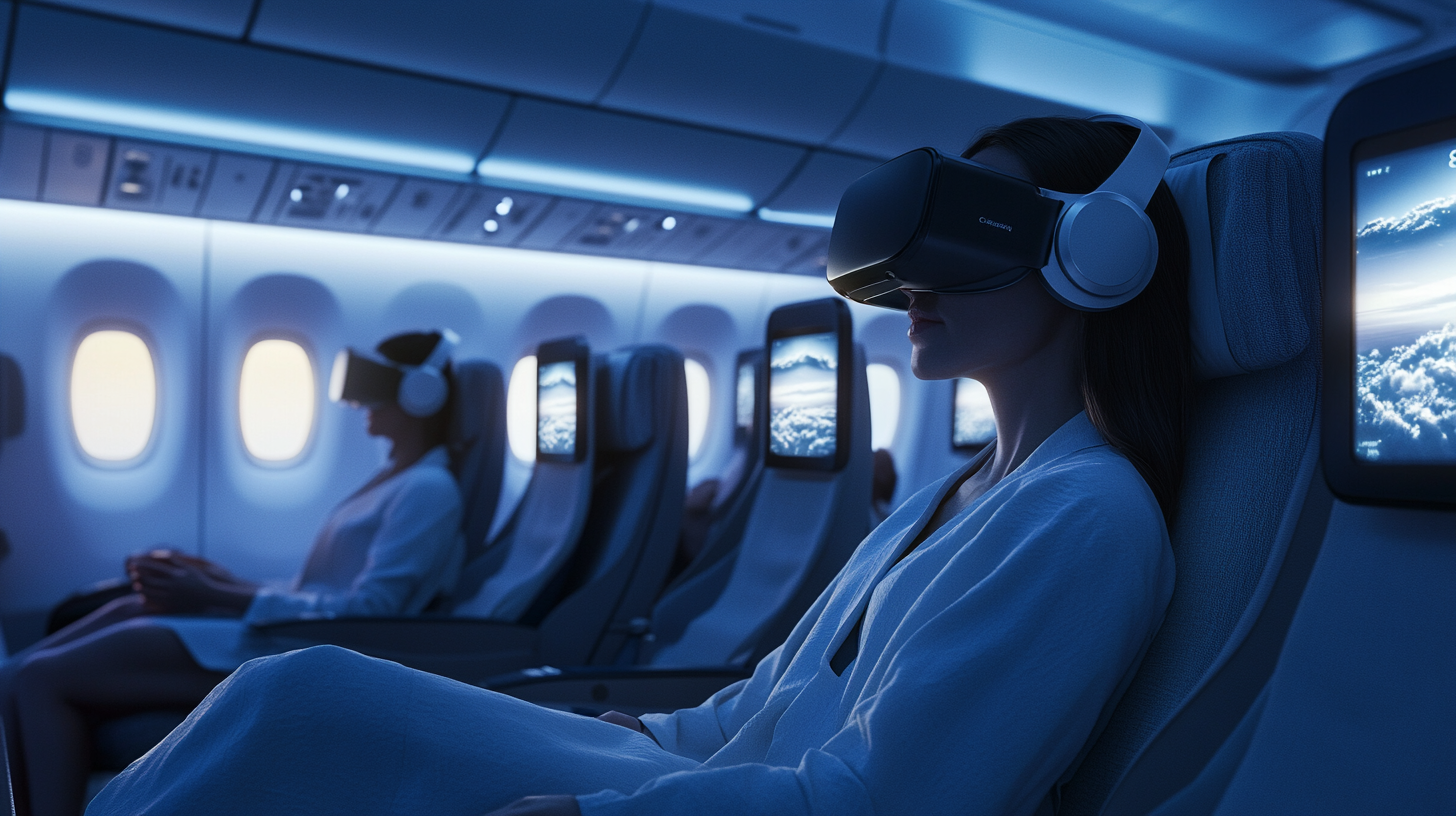
As the importance of wellness and mental health gains global recognition, airlines are integrating wellness-focused content into their in-flight entertainment offerings. Long flights can be stressful and physically taxing, so providing resources that promote relaxation and well-being is becoming a priority. This includes guided meditation sessions, yoga tutorials designed for the limited space of an airplane seat, and breathing exercises to help passengers alleviate anxiety and discomfort.
For instance, some airlines have partnered with wellness platforms to offer mindfulness apps and content directly through the seatback screens or accessible via personal devices. These initiatives not only enhance the passenger experience but also demonstrate a commitment to holistic passenger well-being. The trend towards incorporating mindfulness and wellness programs in in-flight entertainment reflects a broader understanding that in-flight services extend beyond mere entertainment—they can play a role in improving the overall health and comfort of travelers.
Challenges and Considerations
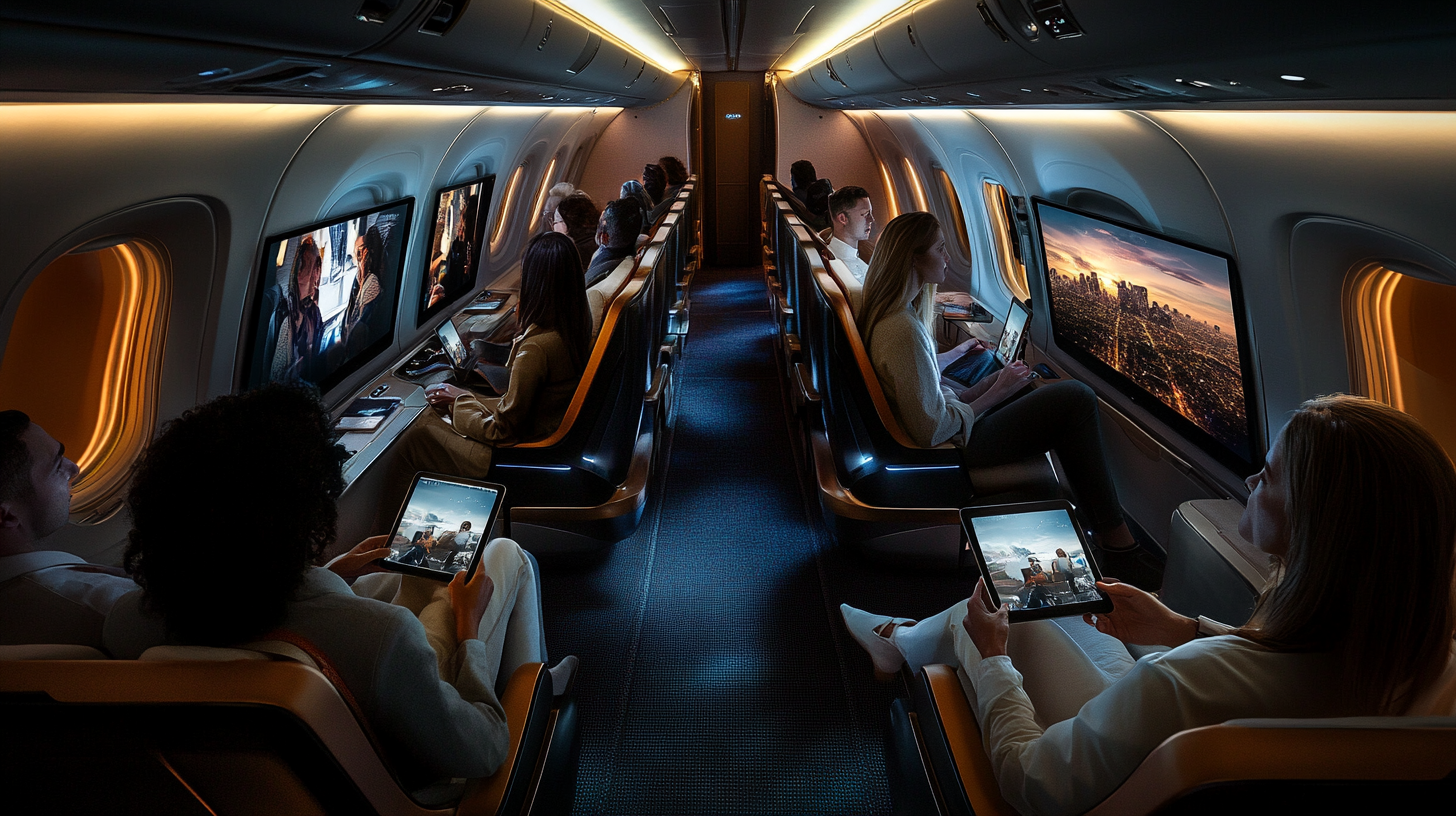
While these technological advancements offer exciting possibilities for in-flight entertainment, they also introduce a range of challenges and considerations that airlines must navigate:
- Data Privacy and Security: Personalized services often require collecting and handling sensitive passenger data, such as viewing habits, personal preferences, and travel history. This necessitates robust security measures to protect privacy and comply with regulations like the General Data Protection Regulation (GDPR). Airlines must ensure that their systems are secure against breaches and that passengers are informed about how their data is used, addressing concerns over data security in personalized in-flight services .
- Content Localization: Airlines serve a diverse, global passenger base, requiring in-flight entertainment to be accessible in various languages and culturally appropriate. This involves providing content with suitable subtitles, dubbing, and ensuring that media selections respect cultural sensitivities. Failure to appropriately localize content can lead to passenger dissatisfaction or even offense, impacting the airline’s reputation.
- Economic Implications: Upgrading IFE systems and integrating advanced technologies involve significant capital investment. Airlines must carefully consider the return on investment, balancing the upfront costs with potential revenue benefits from enhanced passenger satisfaction, increased loyalty, and possible ancillary revenues from services like premium content or advertising. Budget constraints can be a barrier, especially for smaller carriers.
- Maintenance and Reliability: Advanced IFE systems with complex hardware and software components require regular maintenance and updates. System malfunctions can negatively impact the overall flight experience, leading to passenger complaints, negative reviews, or demands for compensation. Airlines need to invest in reliable systems and have protocols in place for swift troubleshooting and repairs.
The Cultural Impact of In-Flight Entertainment
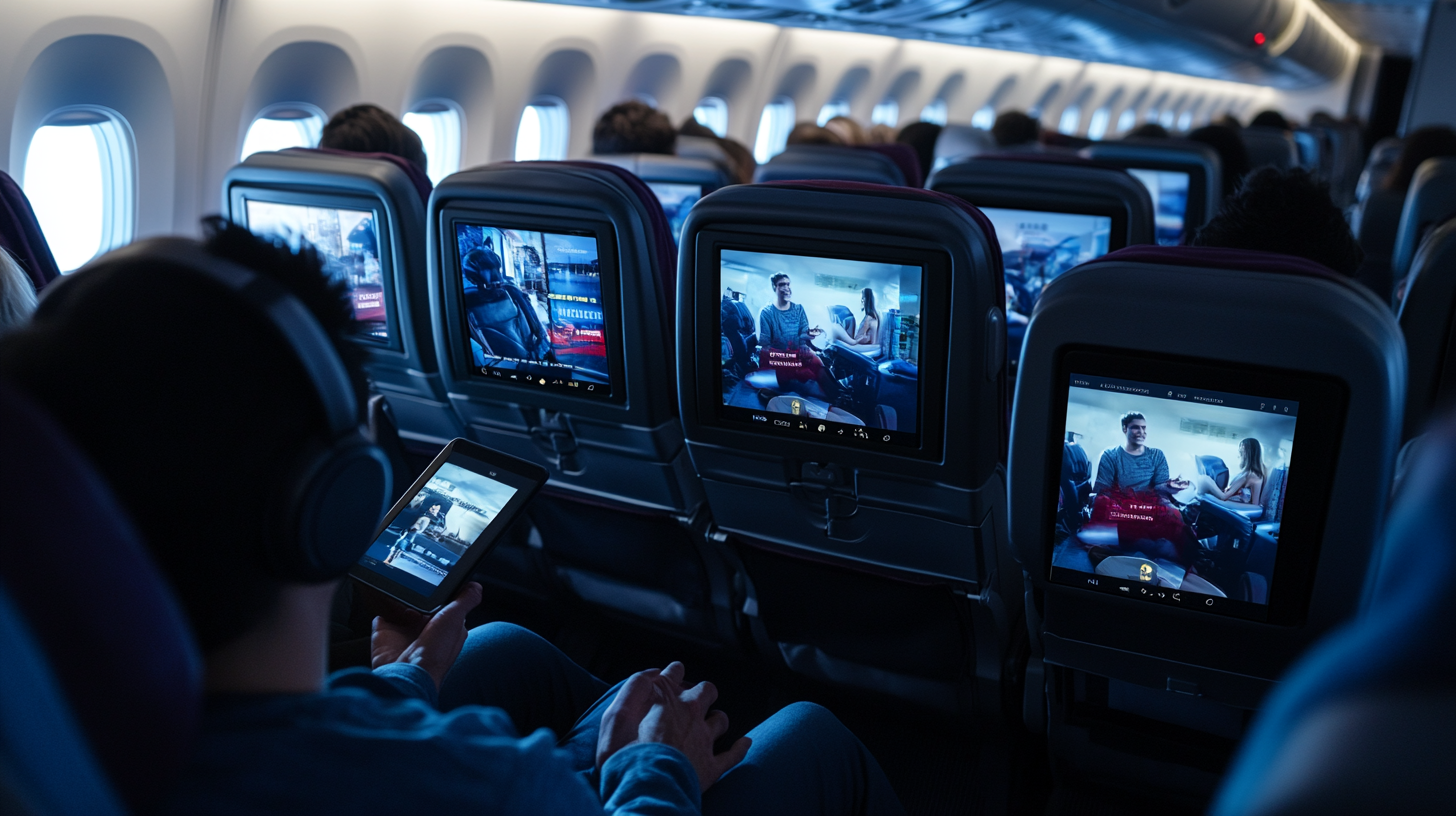
Beyond mere entertainment, in-flight entertainment systems serve as powerful platforms for cultural promotion and advertising. National carriers, in particular, leverage IFE to showcase their country’s culture, heritage, and values to a global audience, contributing significantly to the orange economy—the sector of the economy that encompasses creative industries and cultural assets. By featuring locally produced films, music, documentaries, and educational content, airlines can promote tourism and foster a deeper understanding of their nation’s identity. For example, showcasing traditional arts or natural wonders in travel documentaries can inspire passengers to explore those destinations further.
Advertisements and content within IFE systems often reflect governmental and corporate interests, subtly promoting specific ideas, initiatives, or values. This cultural export not only enhances a nation’s image on the world stage but also provides additional revenue streams for airlines and content providers through partnerships and sponsorships. The strategic use of IFE as a medium for promoting cultural diplomacy through in-flight entertainment underscores its importance beyond entertainment, positioning it as a tool for soft power and economic development.
Final Thoughts
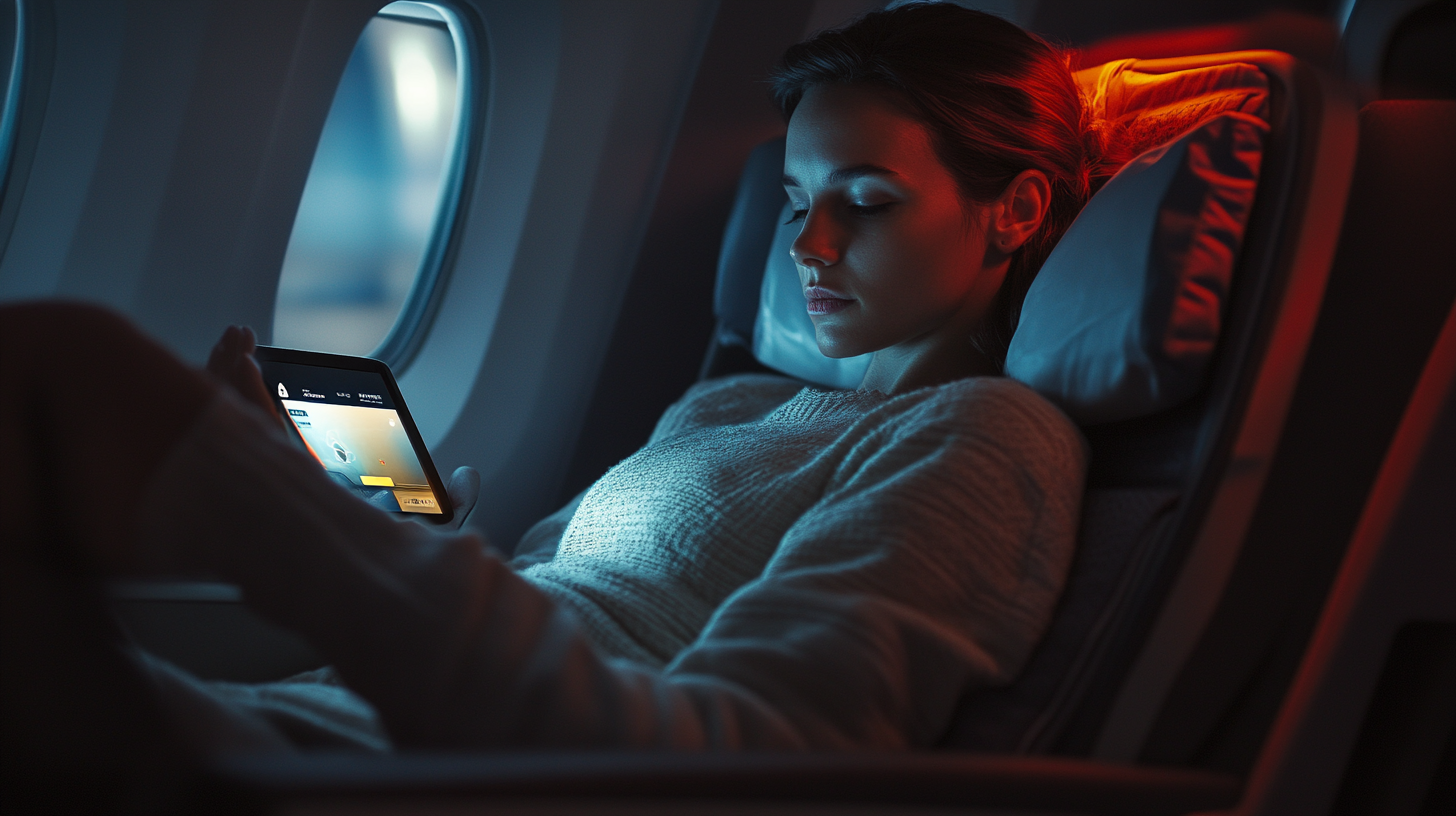
The evolution of in-flight entertainment is a testament to the aviation industry’s relentless commitment to enhancing the passenger journey. From the flickering images of silent films to the boundless possibilities of virtual reality and personalized wellness programs, IFE has continually adapted to meet and anticipate the desires of travelers. As technology continues to advance at an unprecedented rate, airlines are poised to offer even more personalized, immersive, and connected experiences that blur the lines between the ground and the skies.
Follow us back to Seat 5A for more insights and updates on the future of air travel. As passengers increasingly seek engaging and meaningful experiences, the future of in-flight entertainment lies in striking the right balance between technological innovation, cultural sensitivity, and sustainability. Airlines that can navigate these complexities while delivering exceptional service are likely to thrive in this new era of air travel.



